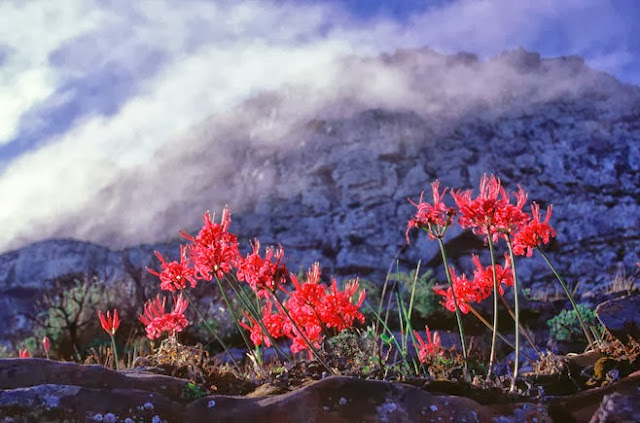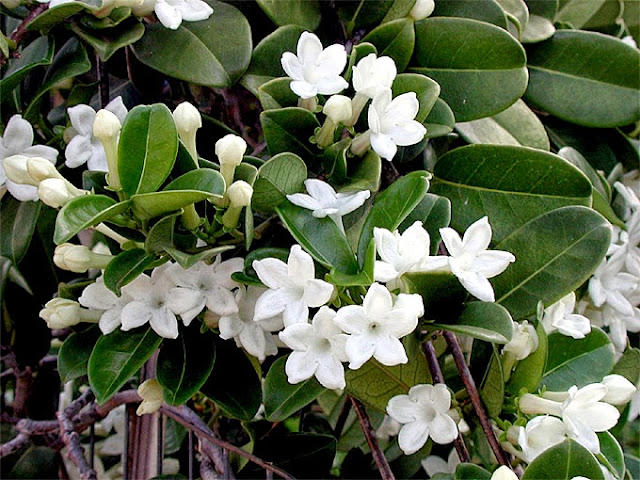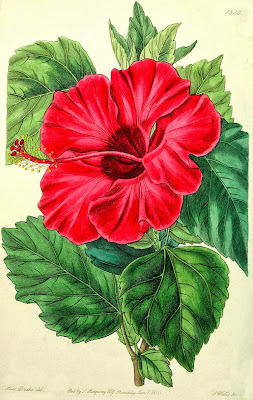 |
| Aloe vera |
As popular as the Aloe vera plant is to grow, there are no examples of this species remaining in the wild today. There are some naturalized stands of Aloe vera found in the southern half of the Arabian Peninsula, through North Africa , as well as Sudan and neighbouring countries, which gives us a very strong indication of the environmental conditions that this plant needs to survive and indeed thrive.
 |
| Aloe vera |
As it is a succulent, the Aloe vera is able to survive in areas of low natural rainfall which makes it ideal for rockeries and other low water-use gardens. It needs to be planted into a free draining soil in full sun. In countries which have high summer temperatures it would be better to plant Aloe vera in an area which is part shaded over the hottest period of the day as this plant can be prone to scorching.
If you are growing it as a houseplant, pot up your Aloe vera into terracotta pots using a good quality, free draining compost. A specially formulated cactus and succulent compost will be fine, however you can use any good quality compost so long as you mix in 50:50 compost to horticultural grit, perlite or vermiculite.
Once potted you can place your Aloe vera plant in a bright, sunny position. Only water once the majority of the compost has dried out and never allow the roots to become waterlogged. Be aware that Aloe vera 'leaves' can burn under too much sun.
When potted, Aloe vera plants can become crowded with side shoots. These can be divided and potted on to allow room for further growth. Over the winter, Aloe vera plants should be allowed a period of dormancy, during which watering should be kept to a minimum.
For related articles click onto the following links:
ALOE VERA
DEVIL'S BACKBONE - Kalanchoe daigremontiana
GASTERIA maculata
HOW TO GROW ALOE VERA
HOW TO GROW AECHMEA FASCIATA
HOW TO GROW PEYOTE FROM SEEDS
How to Grow the Brain Cactus
HOW TO GROW THE HARDY ALOE - Aloe striatula












































